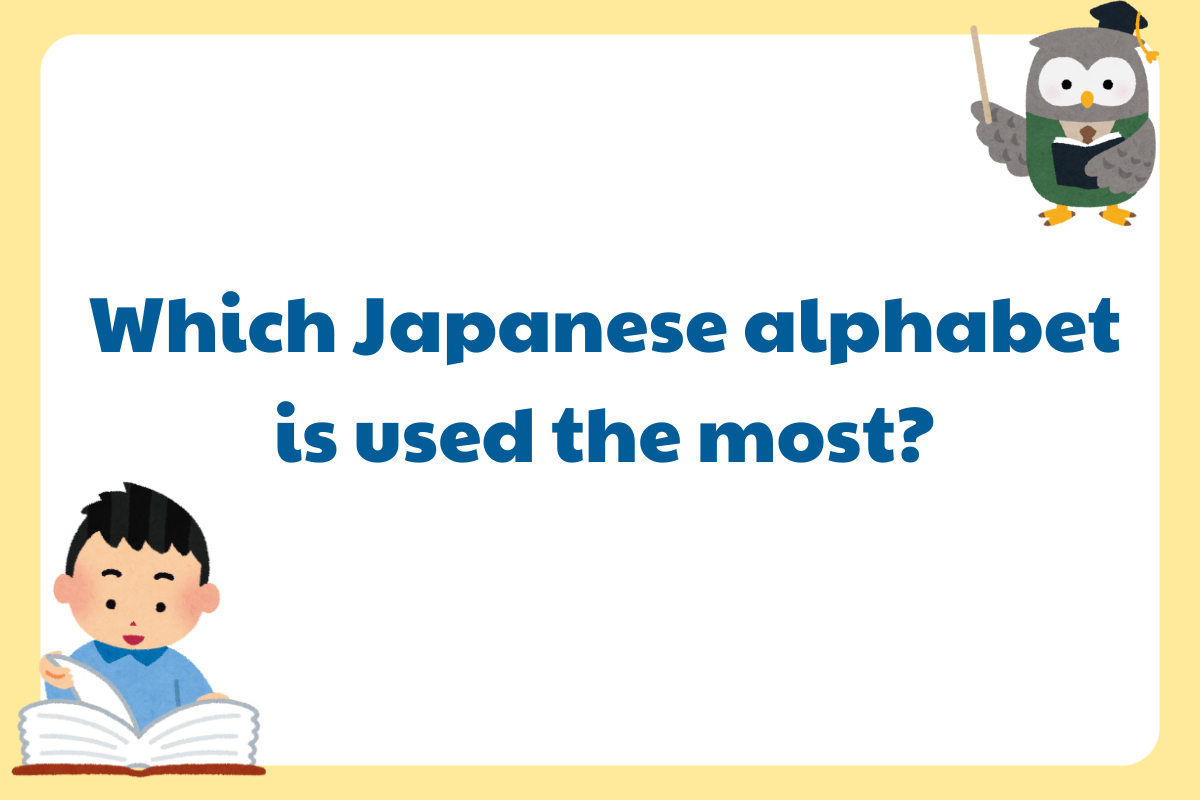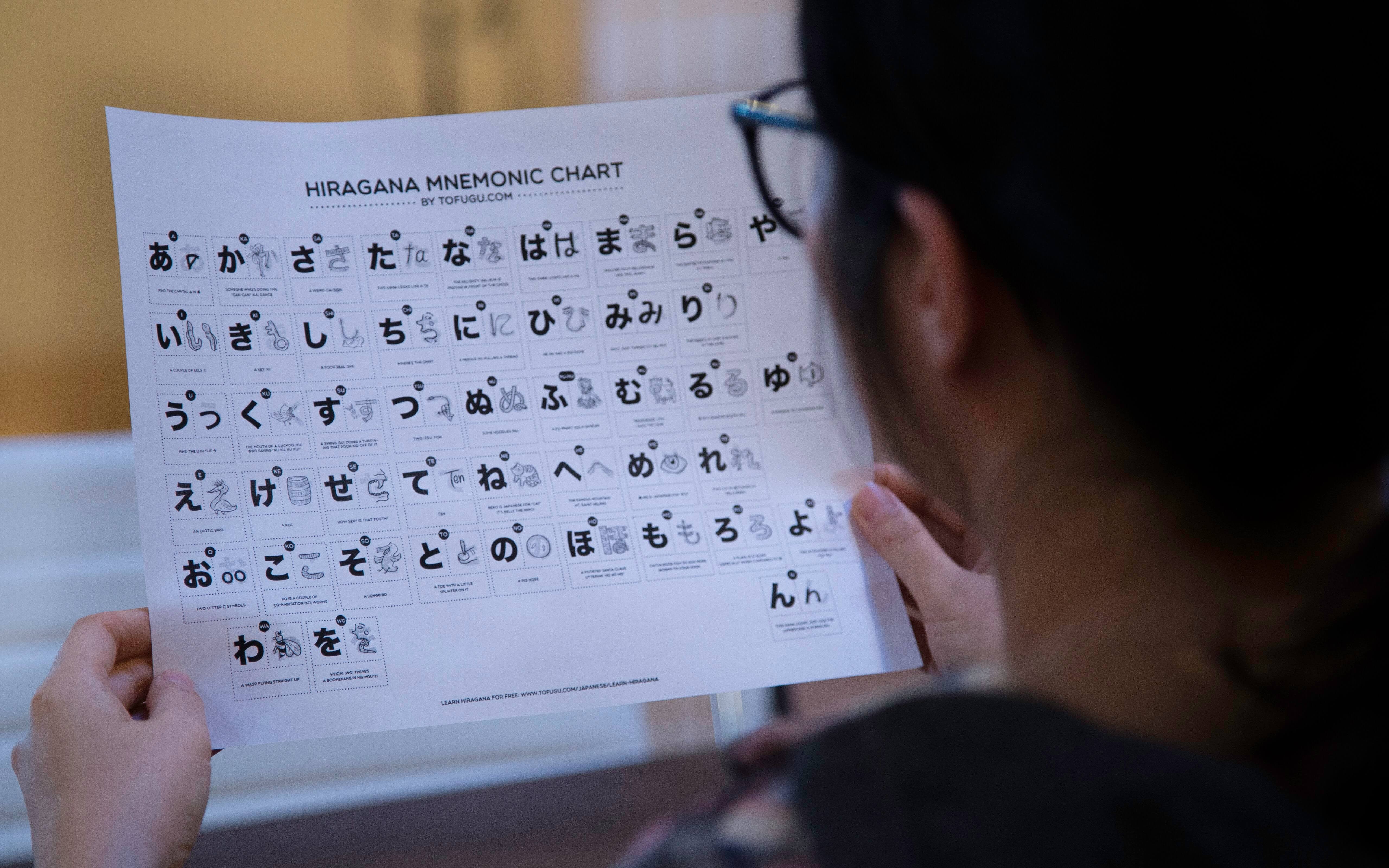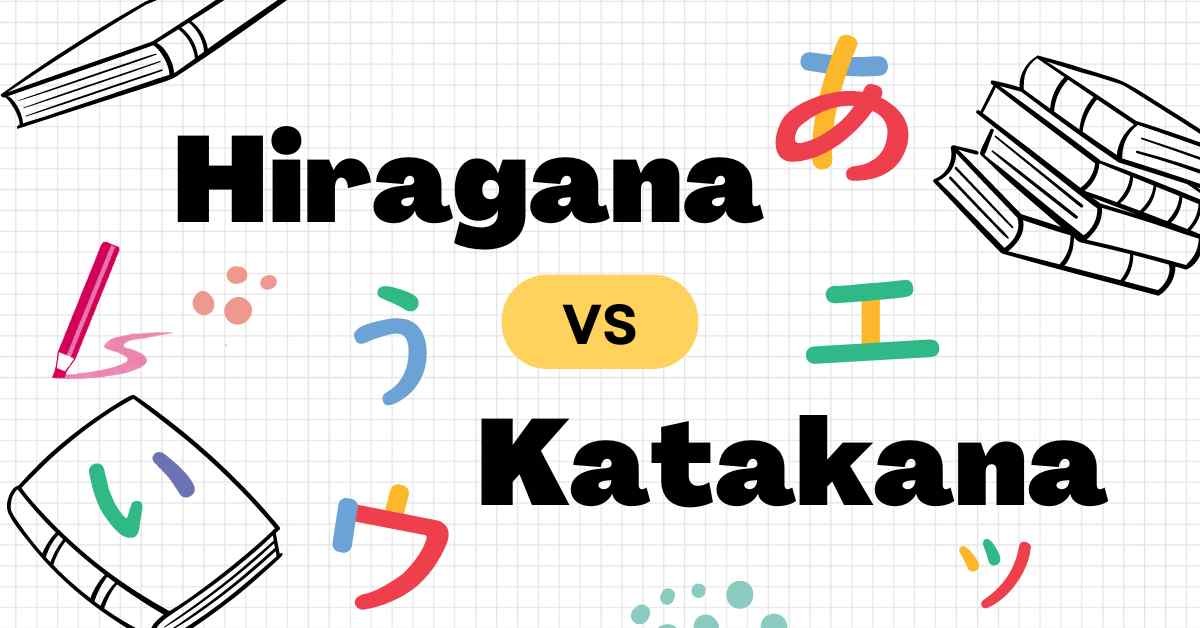- The comparison table of the three alphabets: Hiragana, Katakana, and Kanji
- Which Japanese alphabet is used most?
- Why Hiragana Is Essential in Japanese Writing
If you're wondering, "Which Japanese alphabet is used the most?", you're not alone. Japanese writing consists of three systems—Hiragana, Katakana, and Kanji—each with its own purpose. In this article, we'll explore their roles and reveal which alphabet is the most commonly used in everyday Japanese.
💡 Interested in learning Japanese efficiently? Check out our guide on how can I learn Japanese to start your language journey today!
The comparison table of the three alphabets: Hiragana, Katakana, and Kanji
To better understand the differences between the three Japanese writing systems—Hiragana, Katakana, and Kanji—it's helpful to look at a direct comparison. Each alphabet has its own distinct purpose and usage in the Japanese language. Below is a table that highlights key features of Hiragana, Katakana, and Kanji, helping to clarify how and when each one is used.
|
Criteria |
Hiragana |
Katakana |
Kanji |
|
Definition |
A phonetic alphabet used to write native Japanese words and particles |
A phonetic alphabet used to write loanwords and foreign terms |
A logographic writing system where characters convey meanings |
|
Origin |
Derived from simplified Kanji characters |
Derived from Kanji, emphasizing straight and angular lines |
Imported from China and adapted into Japanese over centuries |
|
Structure |
46 basic characters representing syllables |
46 basic characters, phonetically identical to Hiragana but with distinct shapes |
Over 2,000 commonly used characters, each with its own meaning |
|
Main Function |
Writing articles, verb endings, adjectives, and replacing Kanji when necessary |
Writing loanwords, scientific terms, and international proper names |
Conveying the meanings of vocabulary and clarifying context |
|
Examples of Use |
- 私は学生です (I am a student) - 書く (write) can be written as かく without Kanji |
- テレビ (terebi - television) - コンピュータ (konpyūta - computer) |
- 山 (mountain), 書 (write) - 生 (life, birth, depending on context). |
|
Advantages |
- Easy to learn and remember - Simple and convenient for short texts |
- Clearly distinguishes loanwords and foreign concepts - Highlights words in text |
- Provides deep meanings - Minimizes confusion with homonyms |
|
Disadvantages |
- Lacks depth of meaning compared to Kanji - Can cause ambiguity with homonyms |
- Less frequently used in daily writing - Limited in scope of application |
- Difficult to learn and memorize - Requires long-term study to master |
|
Usage Context |
- Simple texts - Suitable for children or beginner learners of Japanese |
- Advertisements, technology documents, international product names - Foreign proper names |
- Official documents, newspapers, academic materials - Texts requiring deep meaning |
|
Popularity |
Most common alongside Kanji in everyday communication |
Less common than Hiragana and Kanji but essential in specific contexts. |
Most commonly used in formal and authoritative texts |
|
User Demographic |
All learners and users of Japanese |
Professionals in international, technology, or research fields |
Advanced learners or those needing to read official materials |
Which Japanese alphabet is used most?
"The most commonly used Japanese alphabet is Hiragana"
The Hiragana alphabet is widely known and used for the following reasons:
- ✅ Basic and easy to learn: Hiragana is the most basic alphabet among the three writing systems of Japanese (hiragana, katakana, and kanji). It consists of 46 simple characters, making it easy to memorize and write. It is usually taught first to students in Japan.
- ✅ Used for native Japanese words and grammar: Hiragana is used to write native Japanese words, verb endings, particles, and other grammatical elements, making up a large part of sentences.
- ✅ Furigana for Kanji: Hiragana is also used to provide phonetic readings for kanji (called furigana), helping learners read and understand kanji more easily.
- ✅ Easier to read and write: Compared to katakana (which is mainly used for loanwords) and kanji (which are complex and have multiple readings), hiragana is easier to apply in everyday communication, especially in educational materials and children's books.
💡 Want to improve your pronunciation skills in Japanese? Learn the correct way to say greetings like "Good morning" with our guide on Ohayo gozaimasu pronunciation!
Why Hiragana Is Essential in Japanese Writing
For these reasons, Hiragana is the first alphabet learned in Japan and is the most commonly used writing system.
✅ It is the foundation of Japanese grammar and sentence structure.
✅ Every Japanese learner begins by learning Hiragana.
✅ Even native speakers use Hiragana daily, along with Kanji.
💡 Want to speed up your Japanese learning process? Check out our expert tips on How do you learn Japanese fast to maximize your study efficiency!
While all three Japanese alphabets—Hiragana, Katakana, and Kanji—serve important roles, Hiragana is the most commonly used. It forms the foundation of the Japanese language, appearing in everyday writing and grammar.
✅ Hiragana is the easiest to learn.
✅ It appears in most Japanese texts.
✅ Mastering Hiragana is the first step toward learning Japanese fluently.
Understanding its use is key to mastering Japanese and answering the question, which Japanese alphabet is used the most? 🚀
Read more: How to say hello in japan







